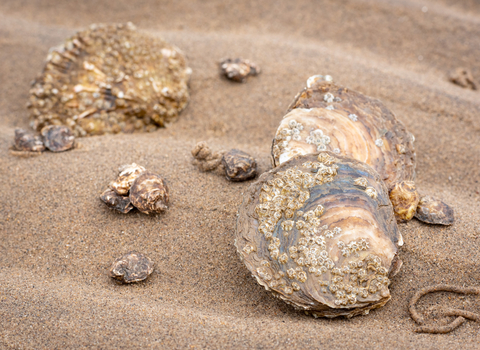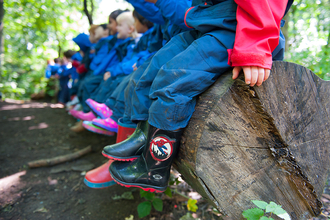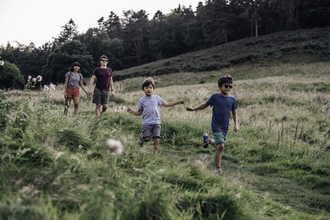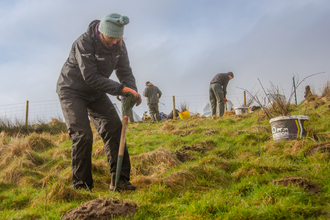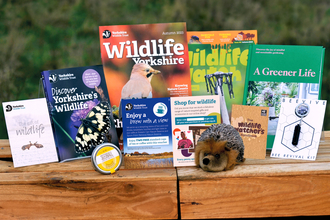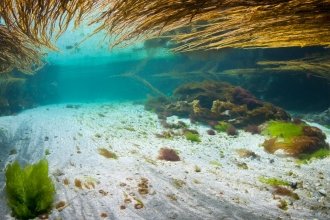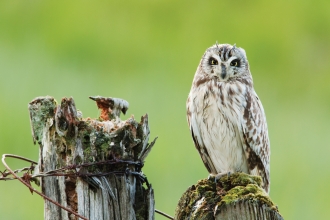Explore Our Resources!
*Don't forget to bookmark this page so you can revisit it another time*
Explore our national curriculum-linked learning packs - one for Key Stage 2 and one for Key Stage 3/4. These resources highlight the super species that are oysters and seagrass, how these species help in the fight against climate change, and the cutting-edge work that Yorkshire Wildlife Trust is carrying out to restore these species. Each lesson contains a lesson plan, a PowerPoint presentation, a Nearpod quiz and practical activities.
Nearpod is a fun and free way to test students' understanding. Use the teacher’s link to be able to edit the quiz or save it for later use, or use the student link to allow students to complete the quiz in their own time. You will need to create a free Nearpod account to save and edit the quiz using the teacher's link but you do not need to have an account to complete the quiz using the student link.
Videos
Key Stage 2
Discover our resources for Key Stage 2 students.
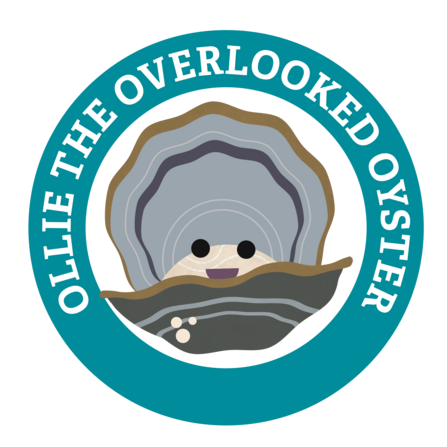
Lesson 1 - Amazing Oysters
Meet Ollie! He's a native oyster that lives in the Humber estuary. Ollie sometimes feels overlooked, as people assume that he's a rock or part of the seabed. He might not look like much from the outside but Ollie is very special!
In lesson 1, we explore how animals are classified, how oysters feed and reproduce, what a lifecycle is, the impact that humans have on oyster reefs, and the amazing work Yorkshire Wildlife Trust's expert team of marine biologists are carrying out to restore oyster reefs in the Humber estuary.
Lesson 2 - Super Seagrass
Seagrass is a very special flowering plant that lives in the sea. Seagrass is crucial in the fight against the climate crisis as it absorbs carbon dioxide faster than rainforests and produces more oxygen than trees!
In lesson 2, we explore what seagrass is, the roles of the different parts of the plant, what seagrass needs to grow and why it's important that Yorkshire Wildlife Trust restore this fantastic habitat in the Humber estuary.
Lesson 3 - Food Chains
Bring Yorkshire into the classroom by exploring the wildlife we find here on the coast and the part it plays in the marine ecosystem.
In lesson 3, we explore how different organisms work together in an ecosystem, what a food chain is, what the different roles are in a food chain and how Yorkshire's local wildlife, such as seagrass and oysters, fit into the food chain.
Write Ollie's story!
Now it's your turn to write Ollie the overlooked oyster's story! Ollie is a flat oyster that lives in the Humber estuary. Ollie sometimes feels overlooked as people assume that he's a rock or part of the seabed. He might not look like much from the outside but Ollie is very special.
What makes Ollie the oyster special and why should he not be overlooked? How do oysters like Ollie help the marine environment and other marine organisms? What makes Ollie a superhero of the sea?
Have a go at writing Ollie's story and send in your work by email to livingseas@ywt.org.uk
Key Stage 3/4
Discover our resources for Key Stage 3 and Key Stage 4 students.
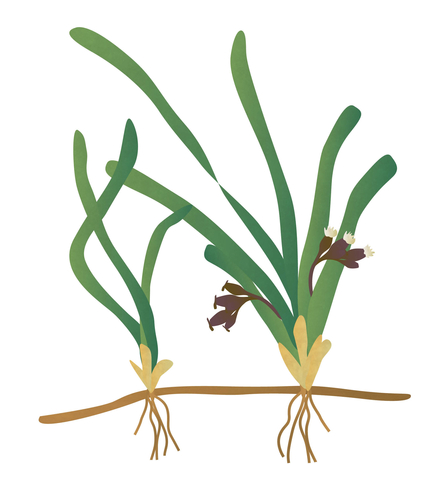
Lesson 1 - Super Seagrass
Seagrass is a very special flowering plant that lives in the sea. Seagrass is crucial in the fight against the climate crisis as it absorbs carbon dioxide faster than rainforests and produces more oxygen than trees!
In lesson 1, we explore what seagrass is, the roles of the different parts of the plant, the ecosystem benefits that seagrass meadows provide, the threats that seagrass faces and the pioneering techniques Yorkshire Wildlife Trust are using to restore this fantastic habitat in the Humber estuary.
Lesson 2 - Amazing Oysters
Oysters are often overlooked as people assume that they are a rock or part of the seabed. Oysters may not look like much from the outside but oysters are very special animals.
In lesson 2, we explore what an oyster is, how oysters feed, an oyster's lifecycle, the impact that humans have on oyster reefs and the amazing work that Yorkshire Wildlife Trust's expert marine team are carrying out to restore oyster reefs in the Humber estuary.
Lesson 3 - Food Webs in Action
Bring Yorkshire into the classroom by exploring the wildlife we find on Yorkshire’s coast and the part it plays in the marine ecosystem.
In lesson 3, we explore how different organisms work together in an ecosystem, the different roles in a food chain and how Yorkshire's local wildlife fits into the food web. We also explore how harmful materials, like microplastics, can enter the food web and threaten the marine environment.
Lesson 4 - Giving Seas a Chance
In the Humber estuary, there was once a lush seagrass meadow and a native oyster reef so dense that it posed a hazard to ships! Sadly today less than 5% of that seagrass meadow remains and the dense oyster reef is now a distant memory.
In lesson 4, we explore what climate change is, the positive and negative effects that humans have on the environment, and the ground-breaking conservation work that Yorkshire Wildlife Trust's expert marine team are carrying out to restore flat oyster reefs and seagrass meadows at Spurn National Nature Reserve - a vital step in the fight against the climate crisis!
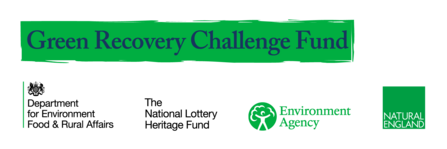
This project is funded by the Government's Green Recovery Challenge Fund. The fund was developed by Defra and its Arm's-Length Bodies. It is being delivered by The National Lottery Heritage Fund in partnership with Natural England, the Environment Agency and Forestry Commission.

